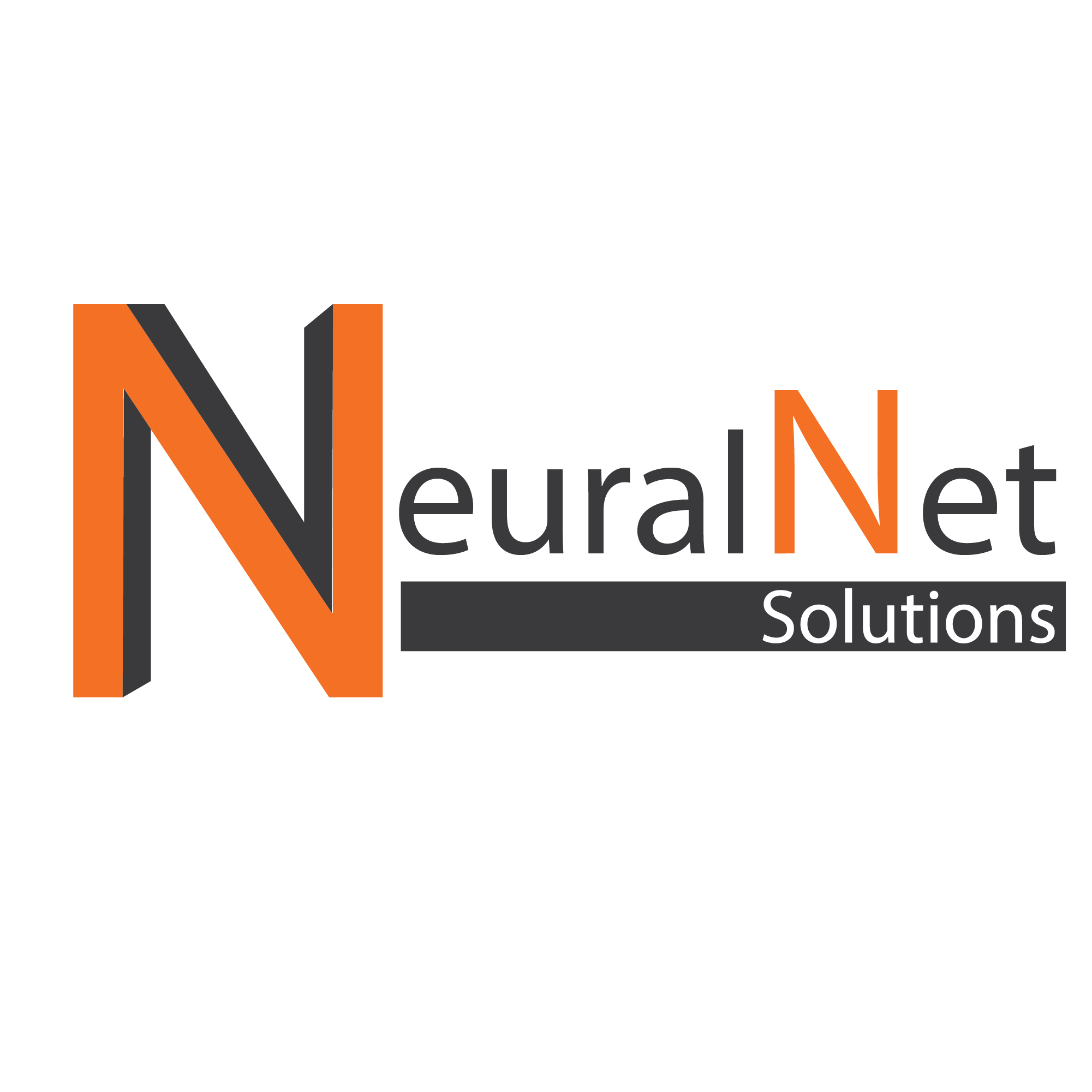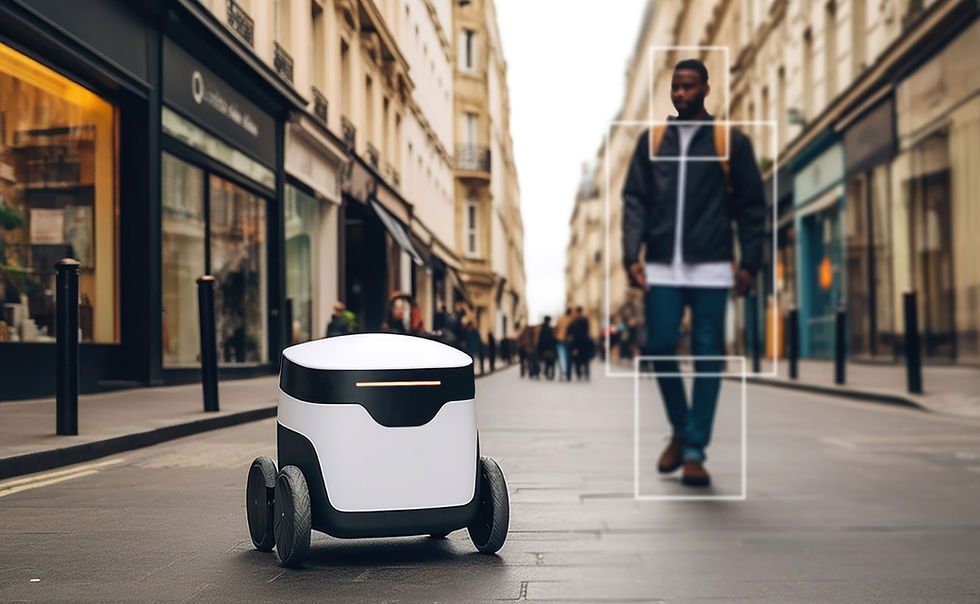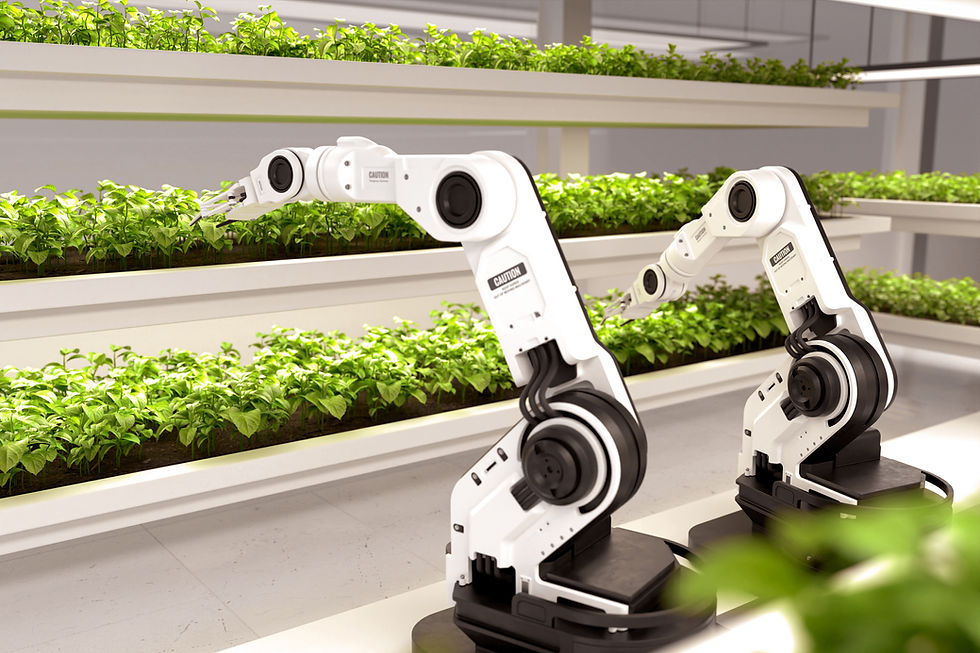Transforming Employee UX through AI Technologies
- AI ArtDeal
- Nov 16, 2023
- 2 min read
In today's rapidly evolving business landscape, the integration of Artificial Intelligence (AI) in enhancing employee user experience (UX) has become a pivotal focus. Companies are increasingly recognizing that the tools and technologies they provide to their workforce significantly impact productivity, satisfaction, and overall efficiency. This article delves into the transformative impact of AI on employee UX, offering insights into how businesses can leverage these technologies to foster a more engaging and efficient workplace.

1. Personalized Experience with AI: AI's ability to analyze vast amounts of data in real-time enables the creation of personalized experiences for employees. By understanding individual working styles, preferences, and needs, AI-driven platforms can customize interfaces, suggest relevant tools, and streamline workflows. This personalization not only improves the ease of use but also enhances the overall job satisfaction and productivity.
2. AI-Powered Assistance and Automation: Virtual assistants powered by AI are revolutionizing the way employees interact with technology. These assistants can handle routine tasks like scheduling, email management, and data entry, freeing up valuable time for employees to focus on more complex and creative tasks. Additionally, AI-driven automation of repetitive processes reduces the likelihood of human error, ensuring higher accuracy and efficiency in tasks.
3. Enhanced Communication and Collaboration: AI technologies facilitate smoother communication and collaboration among teams, irrespective of geographical boundaries. With advanced language processing and real-time translation capabilities, AI breaks down language barriers, ensuring seamless interaction in global teams. Tools that predict and suggest collaborative tasks also enhance teamwork and project management.
4. Continuous Learning and Development: AI systems can identify skill gaps and recommend tailored training programs for employees. By leveraging data on performance metrics and learning patterns, AI ensures that the learning content is relevant and aligned with the employee’s career trajectory. This not only helps in personal development but also equips the workforce with up-to-date skills necessary in a dynamic business environment.
5. Proactive Health and Well-being Initiatives: The role of AI in monitoring and promoting employee well-being is gaining prominence. AI-driven health platforms can track stress levels, suggest breaks, and offer wellness tips, thereby fostering a healthier work environment. This not only contributes to employee satisfaction but also reduces burnout and absenteeism.
Conclusion: The integration of AI in enhancing employee UX is not just about technology implementation; it’s about creating a more responsive, intuitive, and satisfying work environment. By harnessing the power of AI, businesses can not only improve efficiency and productivity but also foster a workplace culture that values personalization, well-being, and continuous learning. As AI continues to evolve, its role in shaping employee experiences will become increasingly vital, making it an indispensable asset for forward-thinking organizations.




Comments